
Introduction
The native flora of New Zealand is unique as it evolved in isolation for millions of years.80% of our trees, ferns and flowering plants are endemic (found only in New Zealand).
About 10–15% of the total land area of New Zealand is covered with native flora, from tall kauri and kohekohe forests to rainforest dominated by rimu, beech, tawa, matai and rata; ferns and flax; dunelands with their spinifex and pingao; alpine and subalpine herb fields; and scrub and tussock.

Beech forest
New Zealand's beech forests are made up of five species of southern beech.

Cabbage tree/tī kōuka
The cabbage tree is one of the most distinctive trees in the New Zealand landscape, especially on farms. They grow all over the country, but prefer wet, open areas like swamps.

Canterbury native plants
Information abut the kinds of native plants you'll find in different Canterbury environments.

Chatham Island Christmas tree/rautini
The spectacular tree daisy Rautini, sometimes known as the Chatham Island Christmas tree, can grow up to 8 metres tall.

Chatham Island forget-me-not
The threatened Chatham Island forget-me-not, a much loved, stunning garden plant, grows naturally on the Chatham Islands - on coastal cliffs, rock outcrops and sandy and rocky beaches.
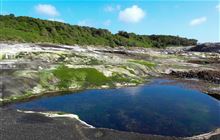
Chatham Islands plants
The Chatham Islands have been isolated for more than 80 million years, long enough to develop many plants found nowhere else.

Coastal cress
Find out about one of New Zealand's lesser known endangered species - the coastal cress.

Dactylanthus
Dactylanthus is New Zealand's only indigenous fully parasitic flowering plant.

New Zealand ferns
New Zealand has an unusually high number of fern species for a temperate country and about 40 per cent of these species occur nowhere else in the world.

Freshwater algae
Green slime and brown scum on stream beds is usually regarded as an unattractive nuisance however, it is a vital part of stream ecosystems.
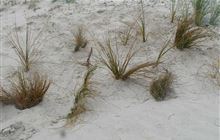
Golden sand sedge/pīkao/pīngao
Pīkao or pīngao is a native sand-binding sedge that plays an important role in New Zealand's dune ecosystems.

Harakeke/flax
There are two identified species of flax in New Zealand - common flax (harakeke) and mountain flax (wharariki).
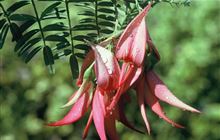
Kākābeak/ngutukākā
Kākābeak is named for its beautiful red flowers, which hang in clusters of 15-20 blooms and are shaped like a kaka's beak.
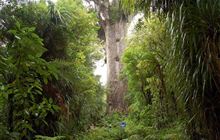
Kauri
Kauri are among the world's mightiest trees, growing to over 50 m tall, with trunk girths up to 16 m, and living for over 2,000 years.
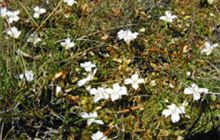
Kettle hole plants
Kettle holes are a feature of a glaciated landscape. Plants in these habitats have a remarkable lifecycle.

Kōwhai
The kōwhai is one of the best known native trees in New Zealand and it’s our unofficial national flower.

Lancewood/horoeka
Lancewood, or horoeka, is a unique, small tree with lance-like foliage that changes dramatically as the tree matures.

Leonohebe cupressoides ('Fragrant hebe')
Leonohebe cupressoides is a threatened plant found on the eastern side of the South Island's Southern Alps/Kā Tiritiri o te Moana.

Mānuka/kahikātoa and kānuka
Although mānuka/kahikātoa and kānuka have a superficial similarity and are collectively known as ‘tea trees’ they are genetically very distinct from each other.

Matagouri/tūmatakuru
Matagouri, tūmatakuru, tūmatakuri, tūturi, or wild Irishman is a thorny bush or small tree that can grow up to six metres high.

Mistletoe
Find out about New Zealand's nine native mistletoes.

Mount Cook buttercup
The Mount Cook buttercup is the world's largest buttercup and is also known as the giant buttercup or mountain buttercup. It used to be known as the Mount Cook lily.

Nīkau palm
The nīkau palm is the southernmost member of the palm family and New Zealand's only native palm species.

Olearia hectorii (Hectors tree daisy)
Olearia hectorii, also known as Hectors tree daisy, is one of the most threatened members of New Zealand’s small-leaved tree daisy family.

Pittosporum patulum
Pittosporum patulum is a small tree that grows up to six metres high, in sub-alpine scrub and mountain beech forest in the South Island.

Podocarp-hardwood forests
Podocarp trees include rimu, kahikatea, miro, mataī and tōtara.

Pōhutukawa
Pōhutukawa is New Zealand's Christmas tree, and holds a prominent place in Maori mythology.

Rātā
Rātā trees, along with the pōhutukawa, are one of the best known native trees in New Zealand.

Shrubby tororaro
The shrubby tororaro is a very ecologically and culturally significant shrub.
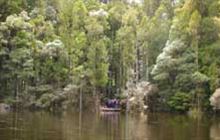
Wetland forests
There are three distinctive types of wetland forests - swamp forest, peatland forest, and intertidal forest.